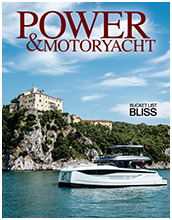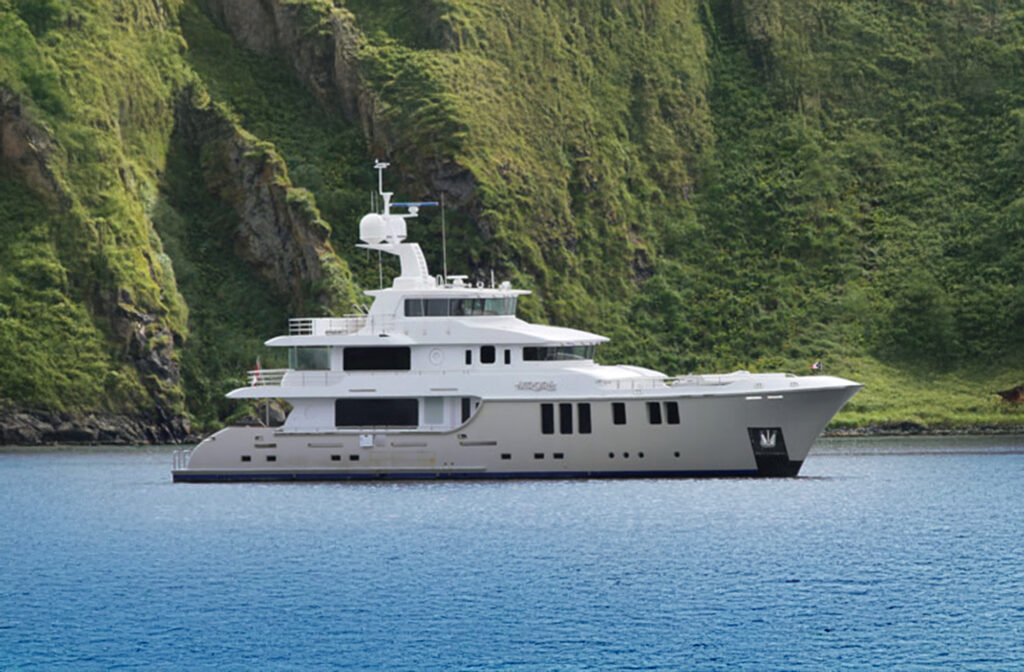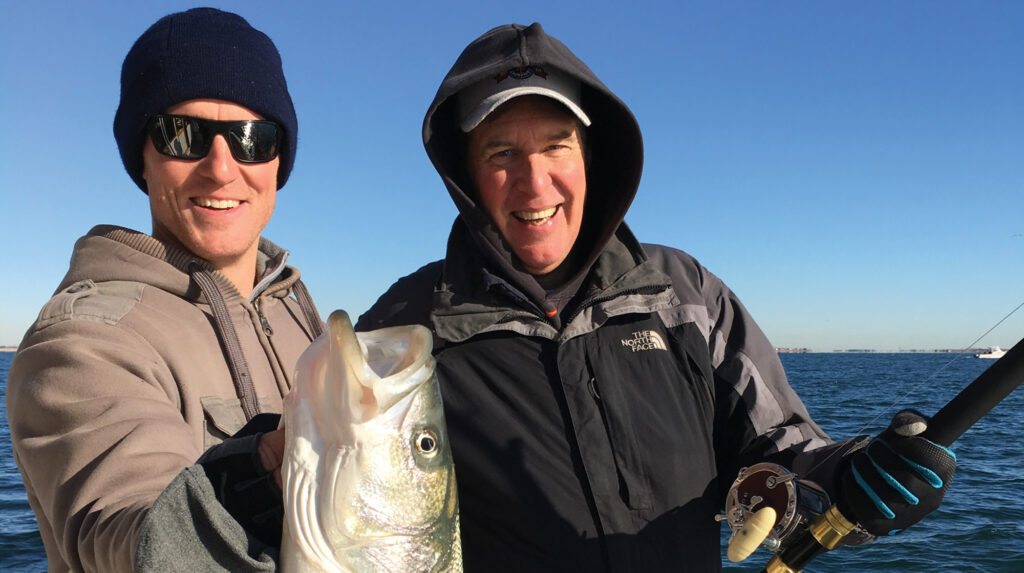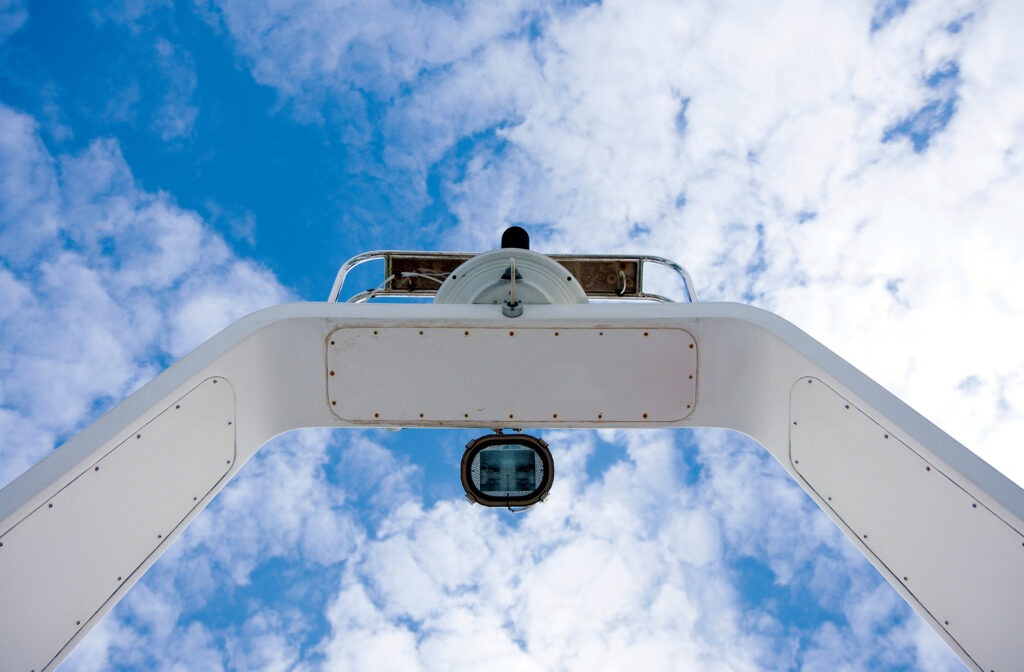For all the years we owned a second home in Coastal North Carolina, my wife Dori and I would make a monthly trek from Baltimore down Interstate 95 to enjoy a weekend in the quiet setting of our waterfront home. On more than one occasion, someone would ask how we managed that eight-hour drive so often. My response was always the same: “It’s not an eight-hour drive to Oriental. It’s only four hours to Richmond, then two hours to Rocky Mount, and two hours to Oriental.”
This was a mind game for sure—but it worked. Eight hours sounded long and exhausting. Four hours to Richmond didn’t seem so bad. By the time we reached Richmond, two more hours to Rocky Mount felt manageable. Before long, we were pulling into our driveway with the quiet rhythm of the coast welcoming us home.
That simple reframing taught me something important: When a task or dream feels overwhelming, it often does because we see it in its entirety. A big challenge, when viewed as a whole, can feel intimidating—sometimes impossible. But break it down into smaller, bite-sized pieces, and it suddenly becomes something you can do. That idea didn’t just apply to weekend drives. It became the guiding principle for some of the biggest undertakings in our life—none more so than our life aboard a long-distance cruising yacht.
If you had told my younger self that one day I’d live aboard an ocean-going trawler, cruising from Florida to Nova Scotia and beyond, I would have laughed. Not because I didn’t want it, but because it seemed so far beyond reach that I couldn’t even imagine the first step. Dreams often feel that way. From the outside, they look monolithic, almost too big to grasp.
Big dreams aren’t single steps, they’re staircases, climbed one tread at a time.
For us, the first step wasn’t a 60-foot passagemaker. It was a modest, used 32-foot motoryacht. Buying that little boat was a stretch financially and required sacrifices in other areas of our life. But it was important enough that we made it doable. And once we made that move, the next one, a slightly larger, more capable boat didn’t feel quite as far out of reach. Then another, and another. Each upgrade was its own dream fulfilled, and together they formed the staircase that led to the ultimate goal: a true ocean trawler.
The same principle applied when it came to actual cruising. Our first trip out of Baltimore’s Patapsco River felt huge. The first run across the Chesapeake Bay? A real adventure. Eventually taking one of our motoryachts down to the Keys and up to New England felt like a whole new world had opened up to us. I will never forget heading out Beaufort, North Carolina’s inlet into the Atlantic Ocean, at the helm of my own boat. It left such an indelible impression, to this day, I can close my eyes and relive the experience as if it were yesterday.
Fast-forward a few years, to the day we eased away from the U.S. coast and set course on an overnight passage for another country in our current trawler, it almost felt unreal. But that big crossing wasn’t the result of one bold leap. It was a series of manageable steps: short day trips, weekend cruises, learning weather patterns, refining boat-handling skills. Each one built confidence for the next.
When we made our longest passage—a trip from St. Petersburg, Florida, to Canada’s Cape Breton Island—it wasn’t one big trip at all. On paper, it was more than 2,000 nautical miles, a distance that can intimidate even experienced cruisers. But in practice? It was just a string of day trips; we left St. Petersburg for Fort Myers, crossed the Okeechobee to Stuart, then continued on to St. Augustine, Charleston, and up the East Coast. One day, one waypoint, one decision at a time, each one ending in a safe harbor with time to rest and regroup. Before we knew it, the green hills of Cape Breton were on the horizon.
This approach isn’t just about logistics, it’s psychological. The human brain resists big, undefined tasks because they trigger uncertainty and fear of failure. Smaller, well-defined steps feel safe and achievable. Each success fuels momentum for the next.
When we considered buying a bigger boat, we didn’t dwell on the daunting leap from our current boat to the ultimate dream yacht. We focused on the next step: What can we afford now? What features will make us safer and more comfortable for the type of cruising we want next year? Answer those questions, and suddenly the path forward appears.
One of the joys of breaking big dreams into smaller steps is that each step becomes a destination in itself. Moving from our first boat to the next didn’t feel like settling, it felt like an upgrade worth celebrating. That first trip across the Chesapeake Bay wasn’t “practice for bigger things.” It was its own grand adventure, full of memories and stories we still treasure.
Dreams evolve as you move toward them. Sometimes, by the time you reach what you thought was the ultimate goal, you realize the real joy was in the journey, the dozens of intermediate steps, the quiet anchorages, the nights in small harbors, the friends made along the way.
Looking back now, I can see a straight line between those eight-hour drives to Oriental and our life aboard today. The lesson was the same then as it is now: Don’t stare at the mountain. Look at the trailhead. Then the next bend.
The dream that once seemed outlandish, that two ordinary people could buy a boat and cruise oceans, became reality because we didn’t try to do it all at once. We broke it into pieces. Pieces that were manageable, even enjoyable. So, whatever your dream may be—crossing an ocean or living a different kind of life—don’t be overwhelmed by the size of it. Break it down. Focus on the first step, then the next. Before long, you’ll look back at the receding shoreline and marvel at how far you’ve come—one step at a time.
This article originally appeared in the November 2025 issue of Power & Motoryacht magazine.









